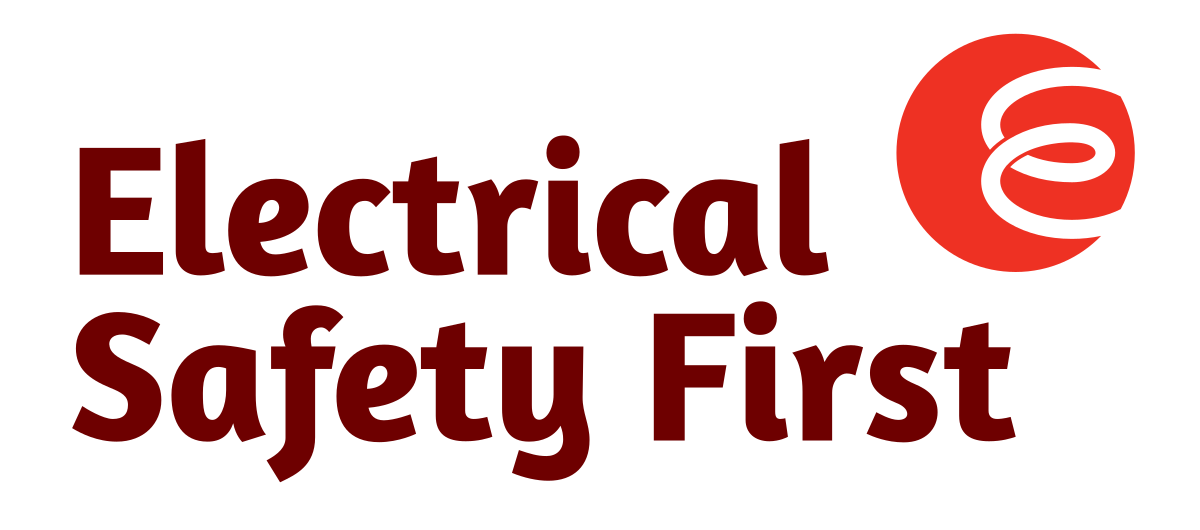by Team Tradify, January 20, 2025

As an electrician, you’ll know it’s essential to know how to carry out an EICR report. It’ll help you secure more repeat work and put you in a position to fix something if the building fails the report.
Here’s everything you need to know about the report – and how you can prepare your trade business for a slice of the EICR pie.
Want to try our digital EICR for yourself? Try Tradify free for 14 days.
Jump ahead:
- What is an Electrical Installation Condition Report (EICR)?
- How to fill out an EICR in Tradify
- The nuts and bolts – how an EICR works
- Who can carry out an EICR?
- The EICR is done – what next?
- The EICR process
- What can I charge for an EICR?
- EICR marketing opportunities
- Managing an influx of EICR jobs
1. What is an Electrical Installation Condition Report (EICR)?
It’s a landlord’s job to keep tenants safe. Too many fires are caused by electrical faults in the UK every year – and many could be prevented. The EICR ensures that high-quality and safe housing is available throughout the UK by improving electrical safety in private rentals. For UK electricians, this brings huge work opportunities.
Here’s what’s involved in an EICR:
- An EICR is legally required in commercial and residential rental properties at least once every five years, or at the change of tenancy.
- The EICR regulates the safety of UK homes and not having one is not only dangerous, it’s also illegal and may affect a landlord’s insurance.
- For non-rental properties, an EICR inspection is recommended periodically, at least once every ten years or at the change of homeownership.
- The report must be carried out by a qualified and competent person.
- It should highlight any work that needs to be done to ensure the property is safe and meets the national electrical standards.
There are also strict guidelines around when an EICR report must be provided:
- Existing tenants – within 28 days of the inspection and test
- New tenants – before they move in
- Prospective tenants – within 28 days of the request
- Local authorities – within seven days of the request
2. How to fill out an EICR in Tradify
We know first-hand how detailed and time-consuming manually completing EICR forms can be. Completing an EICR check with Tradify is easy. Tradify covers all the bases so you don't have to worry about missing out on any crucial information. For a more detailed tutorial, check out our Help Centre.
Your EICR is automatically connected to the Job you're working on, making it easy to access from anywhere. You can fill out an EICR in stages or all at once — whatever works best for your business. Tradify automatically assigns every new EICR you create a unique ID and pre-populates your contractor and customer details.
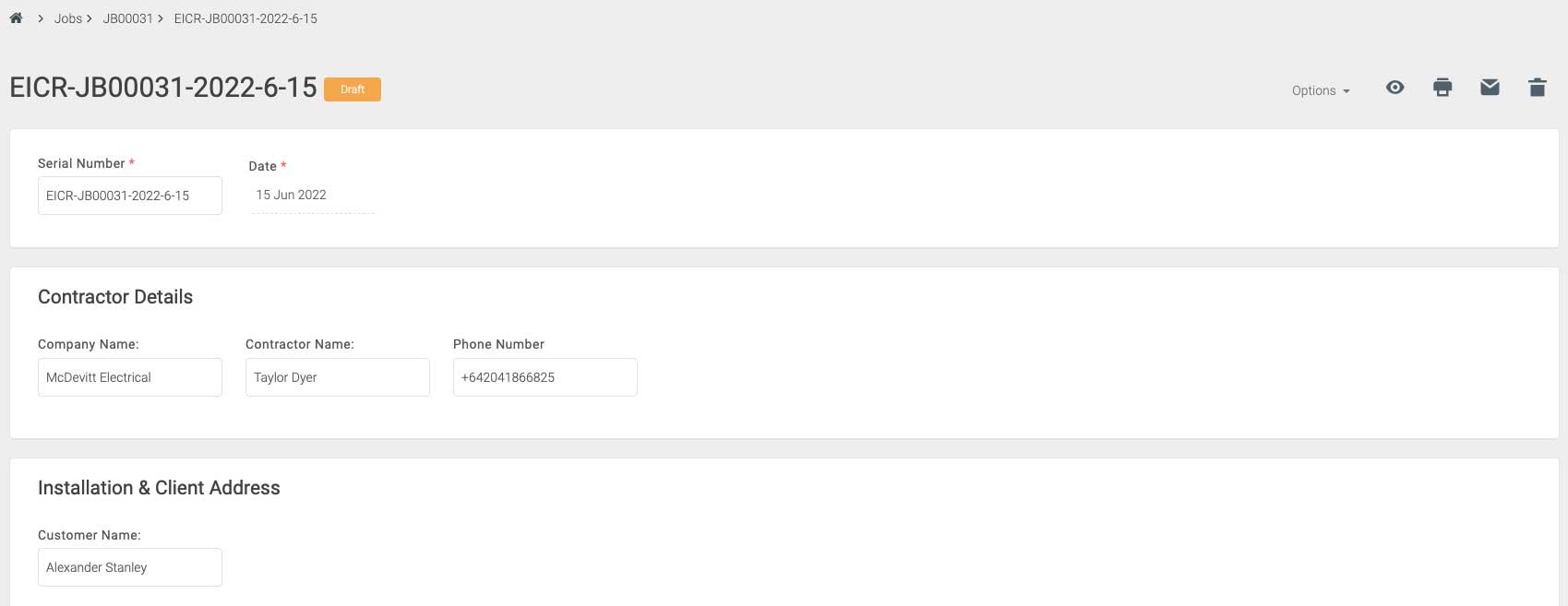
Once you have completed your check, getting sign-off is simple. You can either sign electronically with your mouse, finger or stylus device. These signatures are securely stored both in the Tradify system and in any PDF copies of the form, which are available for download.
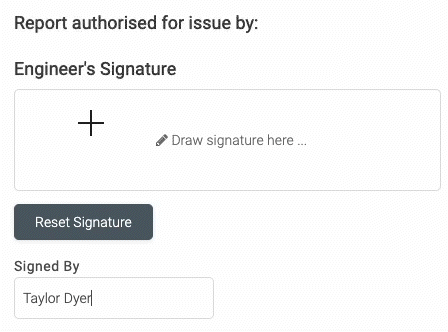
Streamline your payment and certification processes with Tradify. If you're charging extra for an EICR check, simply add this as a line item in an Invoice linked to the Job and attach the EICR to your Invoice email. 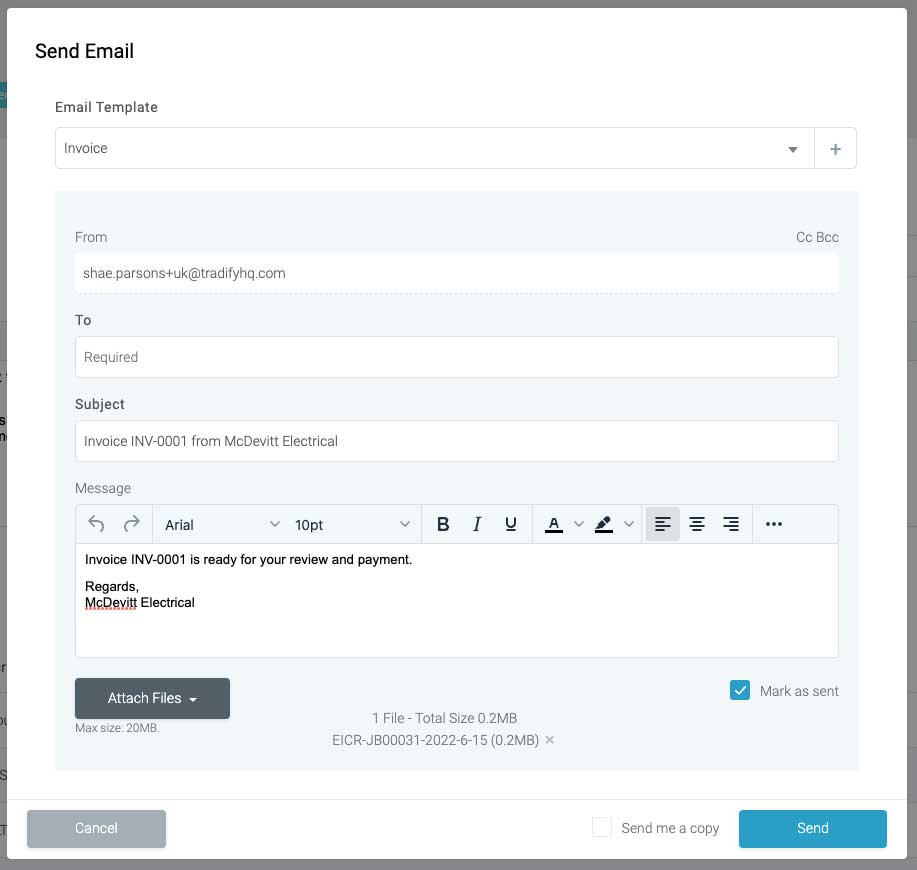
Tradify's cloud-based software means you can safely store your EICR and come back to it whenever you need to.
3. The nuts and bolts – how an EICR works
This is where your skills as an electrician come in. When performing an EICR, you’ll need to check for the following:
- Overloaded electrical installations
- Potential electric shock risks or fire hazards
- Defective electrical work
- A lack of earthing or bonding
You’ll be required to test the ‘fixed’ electrical parts of a property like the wiring, the socket outlets (plug sockets), light fittings and the consumer unit (or fuse box). This includes permanently connected equipment such as showers and extractors.
For an EICR inspection, you’ll need to use the following classification codes to indicate where a landlord must undertake remedial work:
- Code 1 (C1): Danger present. Risk of injury. The electrical inspector may make any C1 hazards safe before leaving the property.
- Code 2 (C2): Potentially dangerous.
- Further Investigation (FI): Further investigation required without delay.
- Code 3 (C3): Improvement recommended. Further remedial work is not required for the report to be deemed satisfactory.
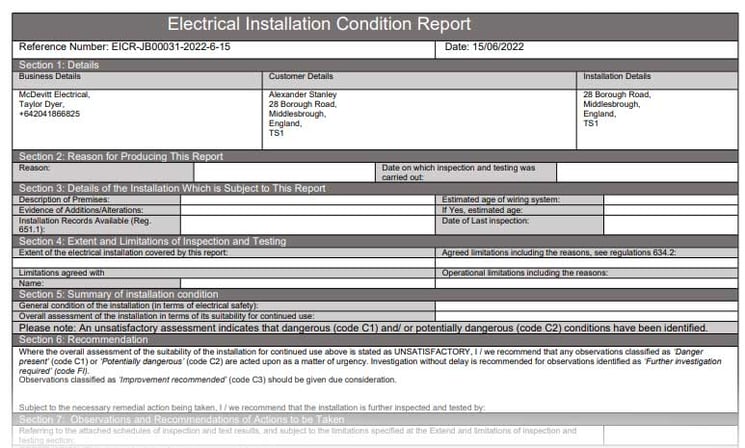
4.Who can carry out an EICR?
To perform an EICR on a property, you need to be registered on the Electrical Competent Person website. Landlords who need your services will be able to find you by postcode, and the site will connect you directly to the work.
5. The EICR is done – what next?
Once you’ve determined what classification code the property falls under, this will determine what work (if any) needs to be done to bring the property in line with national electrical standards.
- For codes C1 or C2, remedial work will be required. The report will state that the installation is unsatisfactory for continued use.
- If an inspector identifies that further investigation is required (FI), the landlord must ensure this is carried out.
- The C3 classification code does not indicate remedial work is required, but improvement is recommended. Landlords don’t have to carry out the work, but it would improve the safety of the installation if they did.
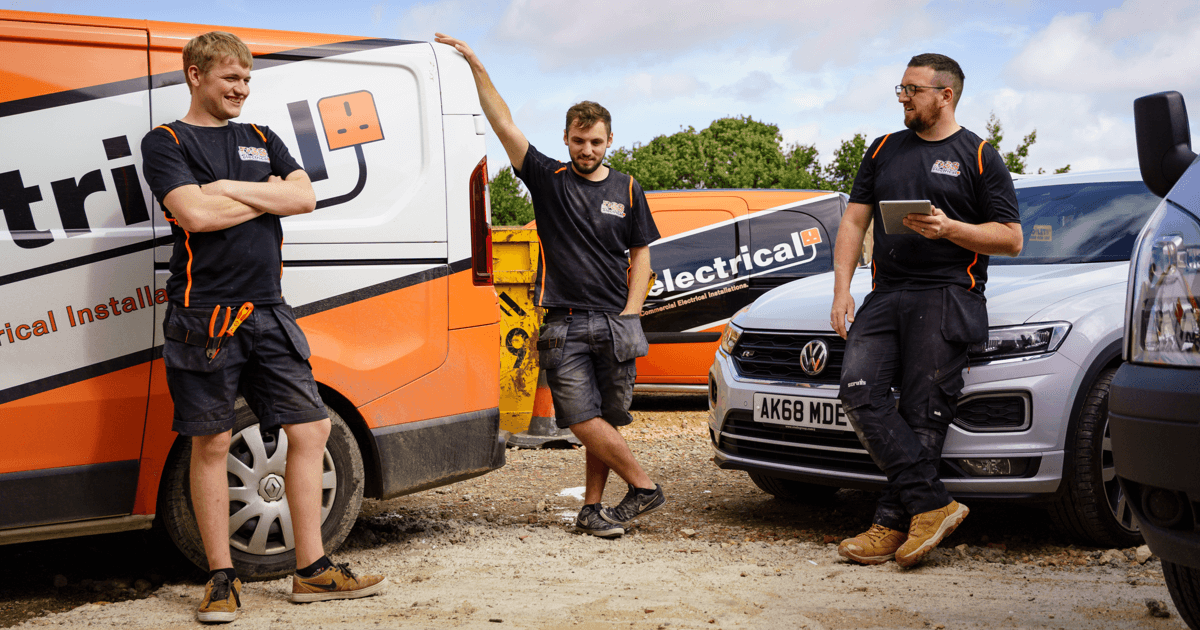
6. The EICR process
As an electrician, you’ll treat each inspection individually – a small domestic townhouse will be different from a large commercial building. Once a landlord contacts you, you’ll need to carry out an initial consultation of the property as you usually would, highlighting any difficulties and noting the details of the job, such as how many circuits there are.
The EICR report is a factual document outlining the electrical safety of the property. Anything of concern will be highlighted in the report and you’ll need to provide advice on the next steps if work is needed, or a maximum time until the next inspection.
Although the legal requirements are five years for rentals and ten years for other properties, you may decide that some homes need more regular check-ups. If any remedial work is required, you’ll advise the homeowner to take immediate action. If the report doesn’t find any issues, no further work will be required.
Download the EICR best practice guide from Electrical Safety First.
7. What can I charge for an EICR?
Generally, you can charge anywhere from £150 to £300, but there are several factors to consider before calculating the price. For example, your charge will depend on the type and size of the property. A one-bed flat is going to be easier and faster to inspect than a four-bed house. Charge accordingly.
Your location affects the price of your services, too. Inspections in central London can usually be charged for more than those in North England or smaller cities. You also need to decide how long an inspection will take – properties with older electrics will take longer and you should charge more for them.
For bigger commercial properties with more complex installations, you can charge more. You may decide to charge per circuit or quote for the whole property at a fixed rate. Talk to the landlord about the options and come to an agreement that works for you both.
8. EICR marketing opportunities
There are millions of renters in the UK, which means millions of EICR reports every five years. As a spark, EICR work could become a big part of your daily job routine. If you decide to add this service to your electrical business, you need to get the word out there — update your website and take advantage of marketing opportunities through social media channels and online trade business directories.
Every rental home in the UK must legally have an EICR report done every five years, or at the change of tenancy. Non-rented homes are also advised to carry out a report once every ten years, or at the change of homeownership. That’s millions of properties every year, so the demand for electricians is high and there’s a huge work opportunity.
To find out more, you can go to the electrical safety roundtable – an online forum that provides innovative research and policy solutions for government and industry experts, plus independent electrical and home safety guidance for consumers.
9. Managing an influx of EICR jobs
With every rental property needing an EICR at least once every five years, you’re going to be busy. EICR jobs may become repetitive and tiresome, especially if they're up to code every time! Job management software like Tradify can help you prepare and manage all your jobs — making the admin less of a bother. Use job templates for EICR jobs and quote on the go from your phone. Track job progress in real-time and get paid faster with automatic invoice reminders and online payments.
Read some of our other blogs for UK sparks, or give Tradify a go for 14 days free.
Find out how your staff feel about health & safety by downloading our free Health & Safety Survey Questions!


